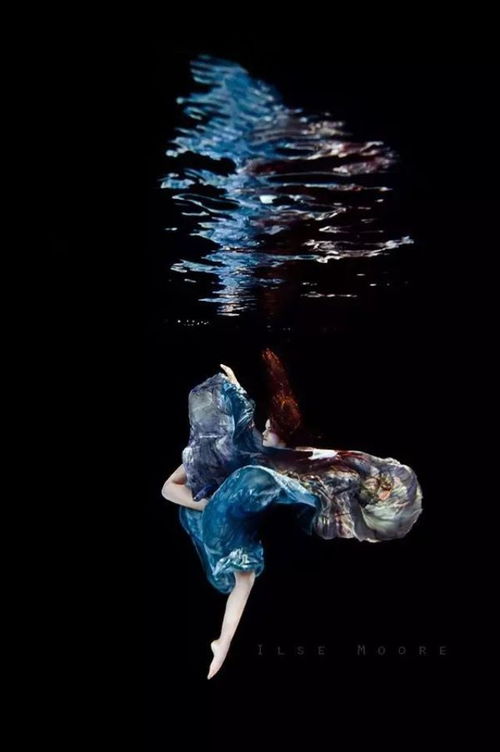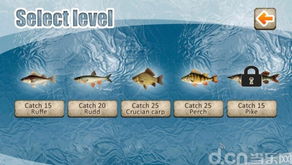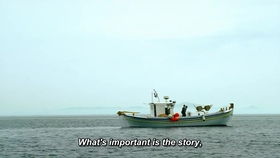Introduction:
Fishing is an ancient pastime that has been cherished by enthusiasts around the world for centuries. Whether you're seeking tranquility on a serene lake or the thrill of catching a big fish in the ocean, having the right equipment is crucial. For beginners, the fishing rod is often the first piece of gear they acquire. In this article, we'll delve into the world of fishing rods, focusing on how to effectively use a new fishing rod to enhance your fishing experience.
Understanding Your New Fishing Rod:
Before you can start reeling in the big ones, it's essential to familiarize yourself with your new fishing rod. Here's a breakdown of the key components and their functions:
Handle: The handle is where you'll hold the rod. It comes in various lengths and materials, such as cork or foam. Choose a handle that feels comfortable in your hand and allows for a secure grip.
Guides: These are the small rings along the rod that help guide the line through the rod. They come in different sizes and materials, affecting the rod's casting distance and line control.
Reel Seat: This is where the reel is attached to the rod. It should be sturdy and securely fasten the reel to prevent any movement during casting or fighting a fish.
Tip: The tip of the rod is the most flexible part and is responsible for detecting the smallest of movements from the fish. It's usually the thinnest part of the rod.
Butt: The butt of the rod is the thickest part and provides strength and stability to the rod.
Choosing the Right Line:
The type of line you use will depend on the type of fishing you're doing and the species of fish you're targeting. Here are some common types of fishing line:
Monofilament: This is the most common type of fishing line and is versatile for various fishing conditions. It's durable and has good stretch, which can help cushion the shock of a big fish.

Fluorocarbon: This line is less visible in the water than monofilament, making it ideal for fishing in clear water or when targeting fish that are easily spooked.
Braid: Braided line is extremely strong and has little stretch, which can be beneficial for catching larger fish or when fishing in heavy cover.
Casting Your New Fishing Rod:
Now that you're equipped with the right line, it's time to learn how to cast your new fishing rod. Here's a step-by-step guide:
Load the Reel: Make sure your reel is properly loaded with the desired amount of line and that the drag is set appropriately.
Hold the Rod: Grip the rod with your dominant hand, placing your index finger on the reel seat. Your thumb should be on the handle, and your other fingers should be wrapped around the handle.
Position the Line: Bring the line out of the rod's guides and position it over the rod tip.
Backcast: Bring the rod back over your head, bending it at the elbow. The line should follow the rod's curve, creating tension.
Forward Cast: Bring the rod forward, releasing the line as the rod straightens. The line should fly out smoothly and land in the desired spot.
Fighting the Fish:
Once you've hooked a fish, it's time to bring it in. Here's how to fight a fish effectively:
Play the Fish: Let the fish run with the line, using the rod's flex to absorb the strain. Avoid reeling in too quickly, as this can tire the fish and potentially break the line.
Reel In Gradually: Once the fish starts to tire, start reeling in the line slowly and steadily. Keep a firm but gentle pressure on the line to prevent the fish from getting away.
Land the Fish: Once the fish is close to the boat or shore, carefully net it and release it back into the water if you're not planning to keep it.
Conclusion:
Using a new fishing rod can be an exciting yet challenging experience for beginners. By understanding the components of the rod, choosing the right line, mastering the casting technique, and learning how to fight a fish, you'll be well on your way to becoming a skilled angler. Remember, practice makes perfect, so don't be discouraged by initial challenges. With time and patience, you'll soon be reeling in fish with confidence and enjoying the great outdoors like a seasoned pro. Happy fishing!












